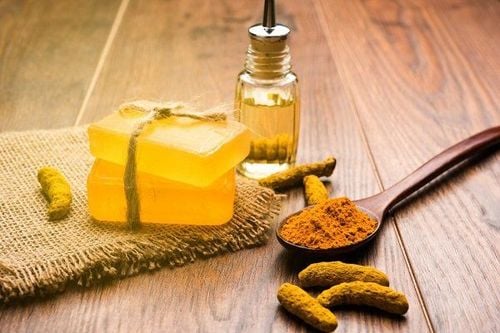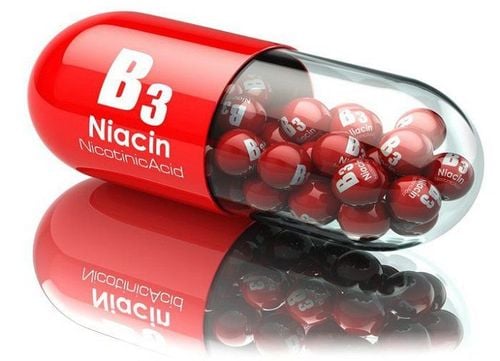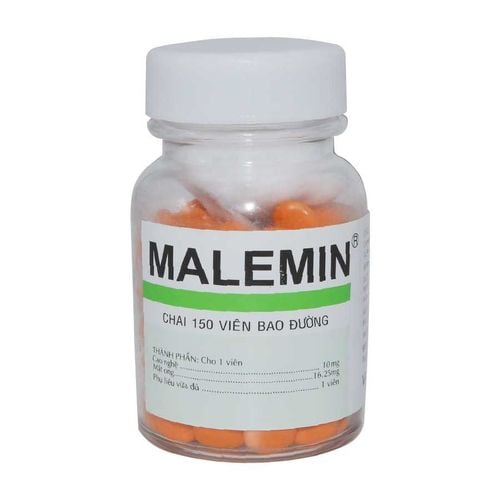This is an automatically translated article.
Turmeric, also known as Curcuma longa, is a yellow spice root native to India. Turmeric is also a popular herb in traditional Chinese medicine. This root contains the compound curcumin, which has been shown to have anti-inflammatory and antioxidant properties. Therefore, historically, turmeric was used to treat inflammatory skin conditions, such as eczema.1. What is Eczema?
Also known as atopic dermatitis, eczema is one of the most common skin conditions, affecting 2 to 10% of adults and 15 to 30% of children. Eczema manifests as dry, itchy, and inflamed skin, caused by a disordered skin barrier that leads to dehydration. There are many types of eczema, but all are characterized by flaky patches on the skin.
The underlying cause of eczema is still undetermined, but genetic causes and environmental factors are thought to be the main reasons for this type of dermatosis.
Common treatments include the use of topical moisturizers and anti-inflammatory creams during flare-ups to minimize itching and restore moisture to the skin.
However, with the growing popularity of natural remedies, many people are turning to herbal medicine for their ailments.
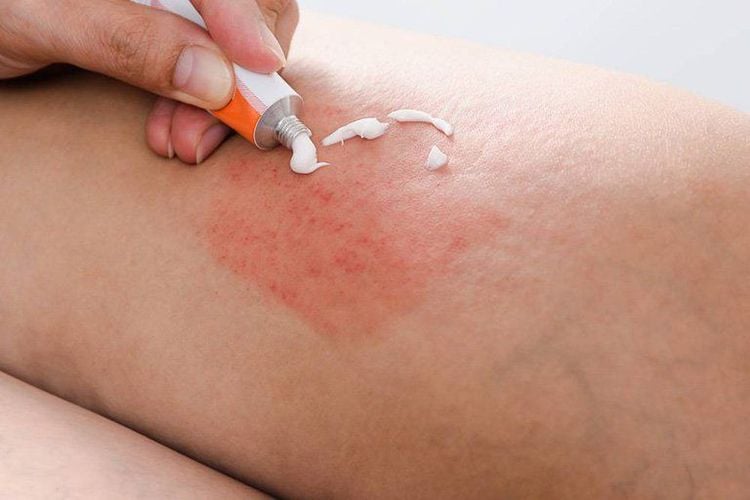
Thông thường bệnh chàm được điều trị bằng kem dưỡng ẩm
2. Turmeric and Eczema
Due to turmeric's anti-inflammatory properties, many people wonder if this root can alleviate the symptoms of eczema. Although this spice root has been used for centuries as a natural treatment for dermatological problems, there is little research specifically on turmeric's effectiveness on eczema.
In a company-sponsored study in 150 people with eczema, using a moisturizer containing turmeric for 4 weeks reduced the incidence of flaking and itching by nearly 30% to 32%.
However, the cream used in the study also contained other anti-inflammatory herbs, which may have contributed to improvement. Therefore, the study cannot conclude that turmeric can reduce eczema symptoms.
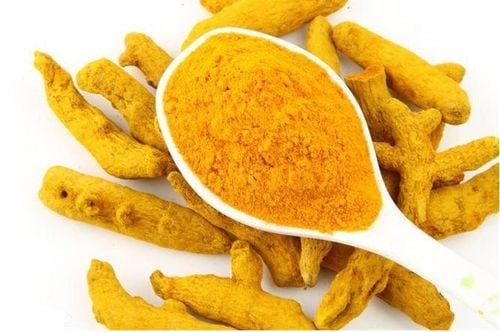
Với đặc tính chống viêm, nghệ có tác dụng trong điều trị bệnh chàm
3. Notes for use
Turmeric is generally recognized as safe for consumption by the Food and Drug Administration. However, this root can also be used to apply directly to the skin. At the same time, many people can use turmeric. However, users need to be careful when using it to avoid serious life-threatening reactions.
3.1 Use as food and supplement
There are many studies on the health effects of turmeric consumption. Although turmeric and its curcumin are generally recognized as safe for use, it has been shown to have no adverse health effects in healthy people when taken in doses up to 12,000 mg per day.
However, the curcumin in turmeric has low medicinal properties. Therefore, consuming turmeric may not provide as effective a therapeutic dose. In some studies little or no curcumin has been found in the blood after taking turmeric, especially at doses below 4,000 mg.
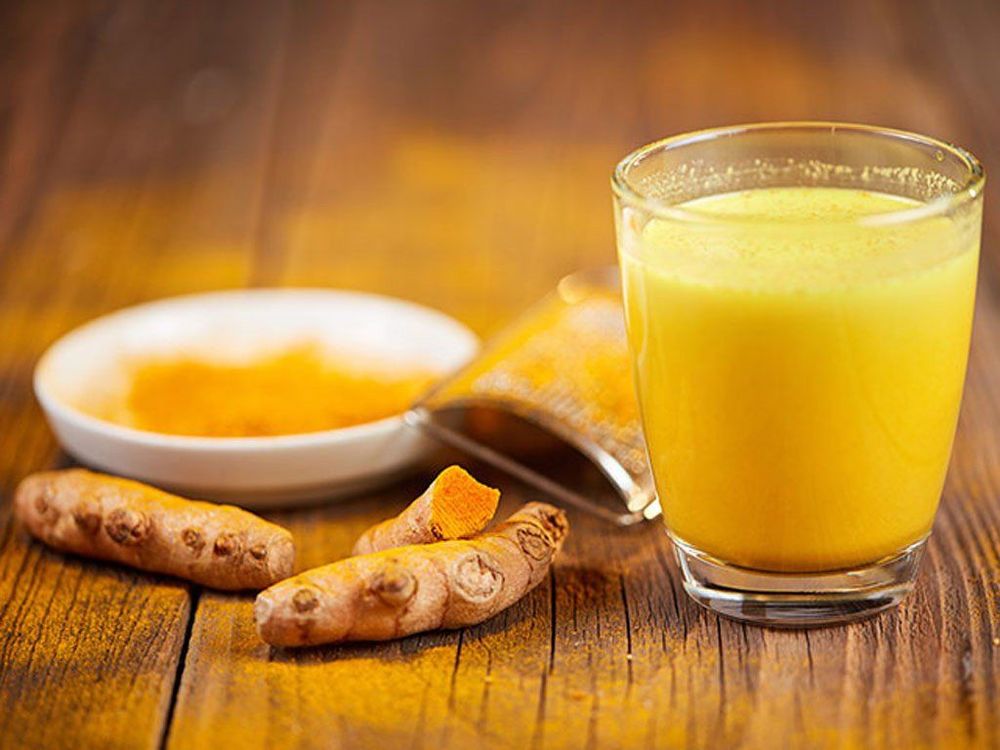
Uống quá nhiều nghệ có thể gây phát ban da
Another study found that curcumin was more easily absorbed into the bloodstream by adding black pepper to foods. Since this spice contains a compound called piperine, it is possible to increase the absorption of curcumin. Some other research shows that water-soluble fats and antioxidants can also enhance curcumin absorption.
However, side effects of taking too much turmeric can include skin rash, headache, nausea, diarrhea, stomach pain, and yellow stools.
3.2 Use to apply on the skin
Due to the popularity of turmeric, many cosmetic companies use it as an ingredient in skin care products. In studies of various skin conditions, topical application of turmeric-containing products allowed absorption. Full of curcumin.
However, these products are specially formulated to enhance absorption, so applying pure turmeric to the skin will not have the same effect.
Furthermore, this spice root often contains a strong yellow pigment that can stain the skin causing undesirable situations. Although more medical research is needed, topical products containing active ingredients from turmeric are believed to be safe to use.

Bội sảm phẩm dưỡng da có tinh chất nghệ có thể nhuộm màu da
3.3 Use for young children
With the high incidence of eczema in children, many parents often look for safe, natural remedies for their children. The use of turmeric in food is generally recognized as safe for both adults and children.
However, there have been reports of lead poisoning from turmeric and supplements due to lead chromate, which is added to give the spice its color. This is common with turmeric products originating from India and Bangladesh. Furthermore, this spice supplement has often been studied in adults, so safety in children has not been established.
Therefore, it is best for parents to consult with a dermatologist or other healthcare professional before trying turmeric products to treat eczema in children.
For direct consultation, please dial HOTLINE or register online HERE.
Reference article: Healthline.com




